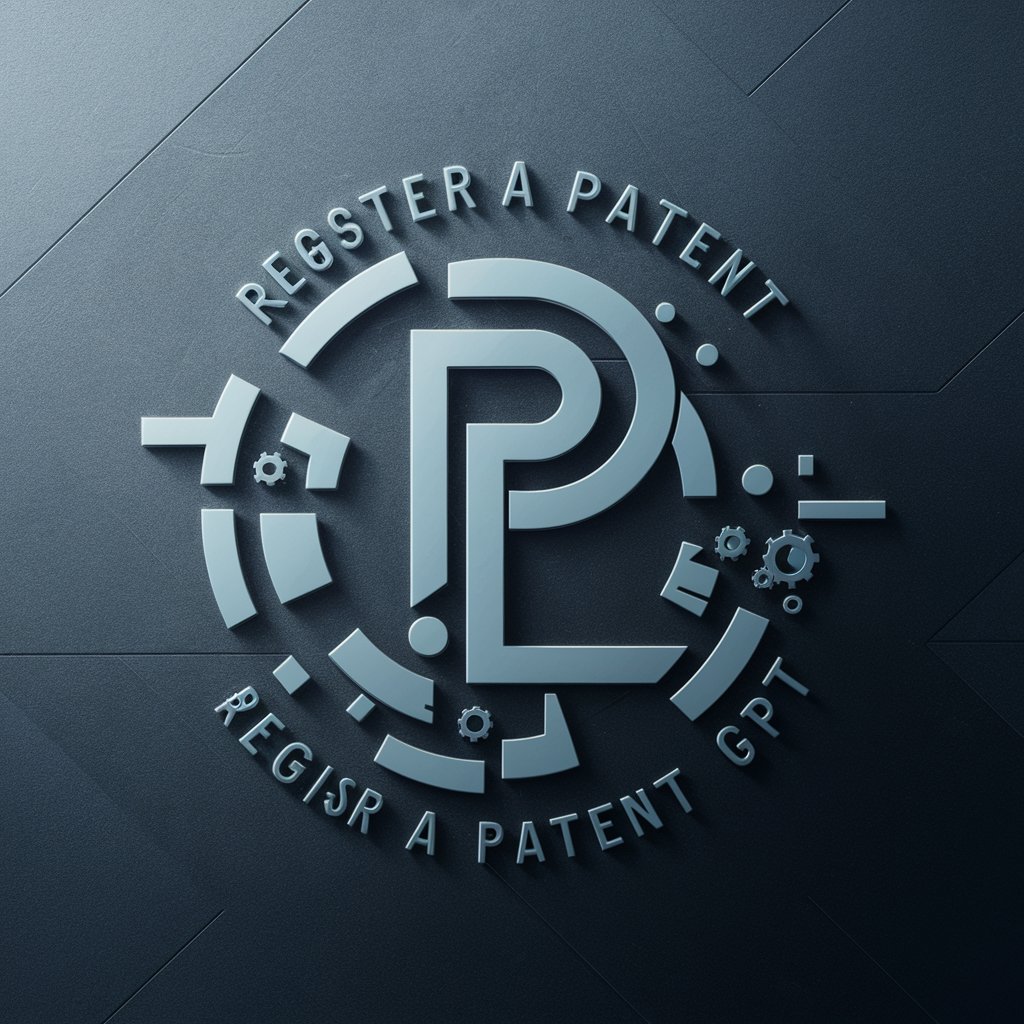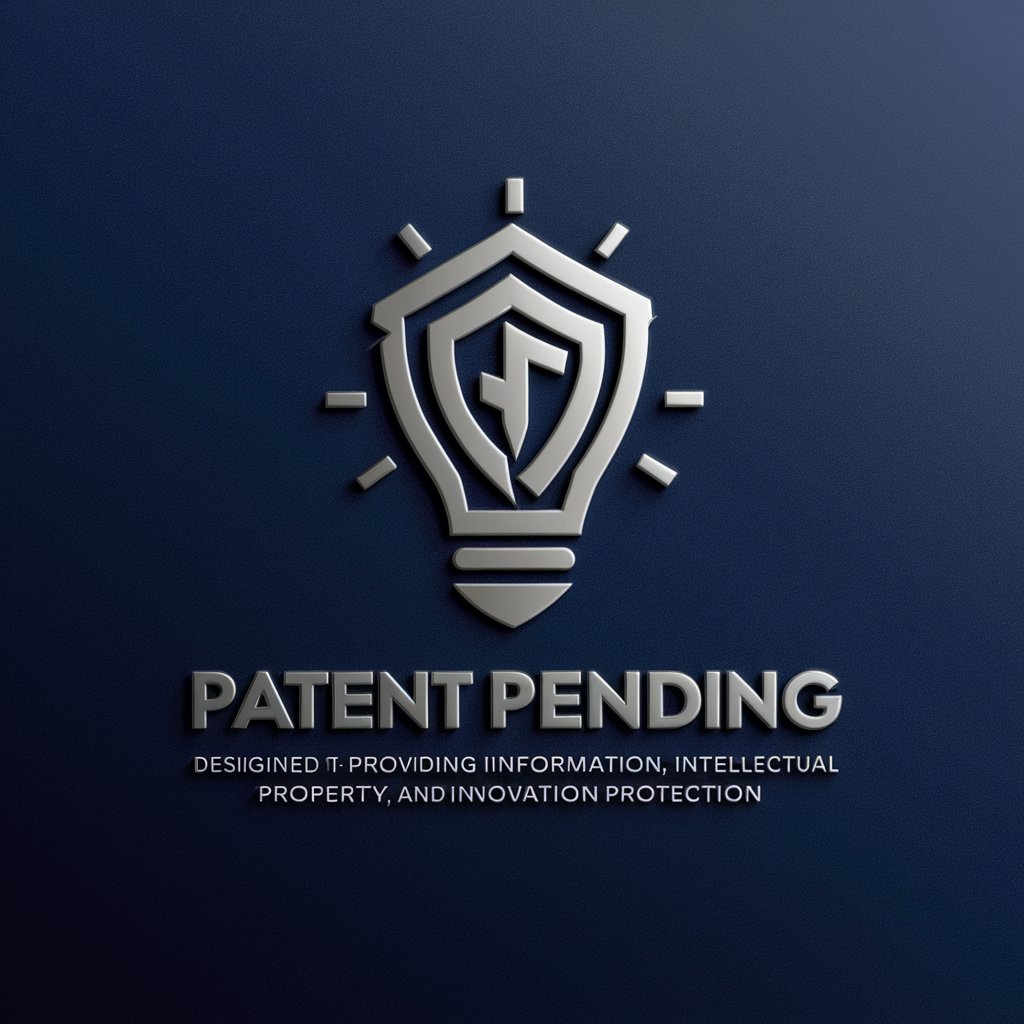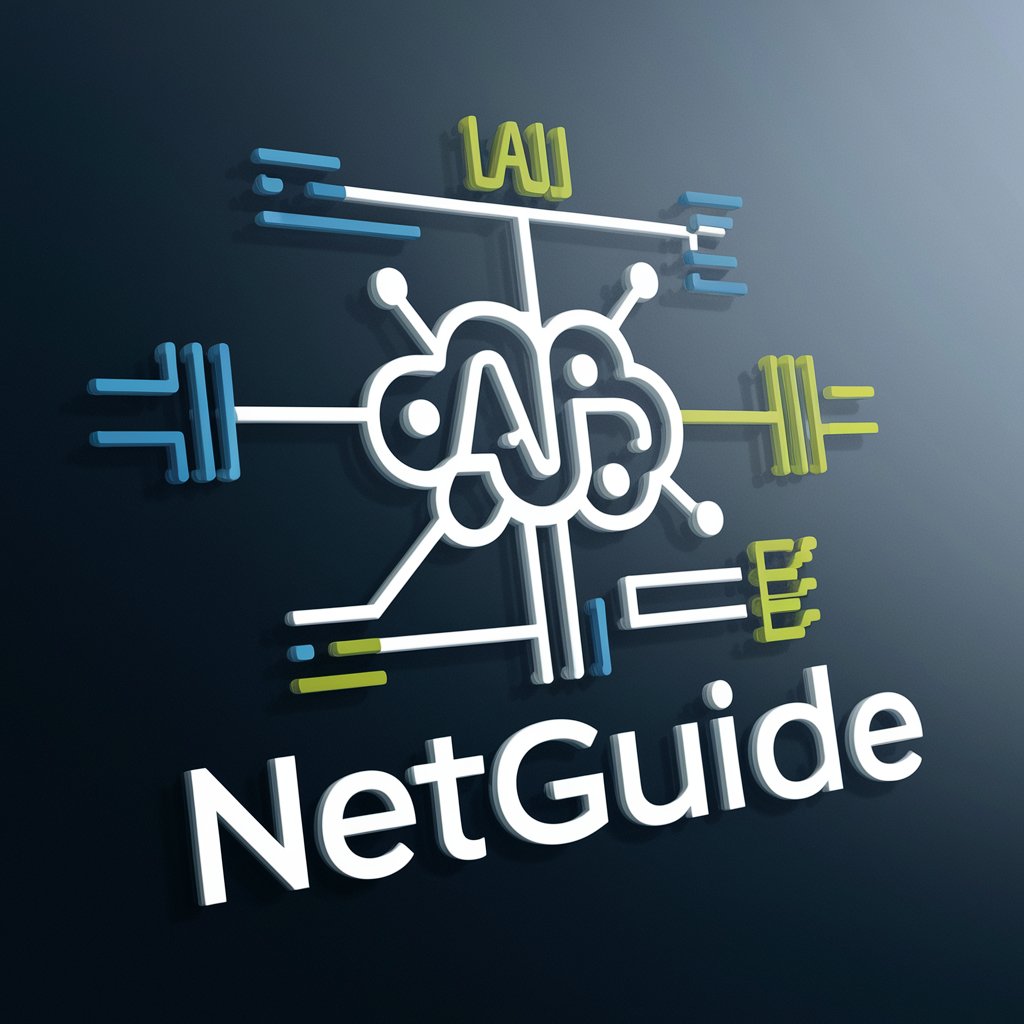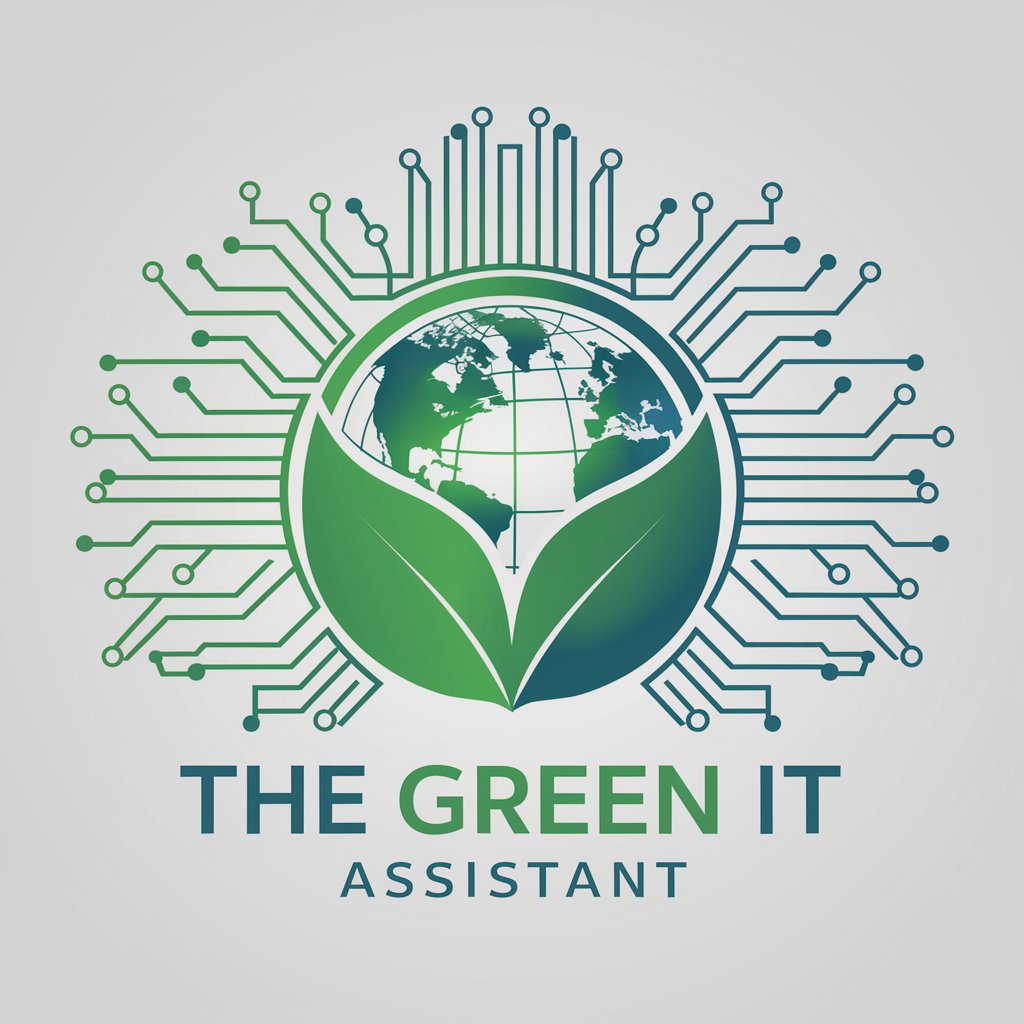Patents - Patent Information Access

Welcome! How can I assist you with your patent and IP inquiries today?
Empowering Innovation with AI-Driven Patent Insights
How do I file a patent application for my invention?
What are the different types of intellectual property protections available?
Can you explain the process of patent examination and approval?
What are the benefits of obtaining a patent for my innovation?
Get Embed Code
Understanding Patents: An Overview
Patents are a form of intellectual property (IP) protection that grant inventors exclusive rights to their inventions for a limited period, typically 20 years from the filing date. This legal mechanism is designed to encourage innovation by providing inventors with the security needed to invest in the development and commercialization of new technologies, processes, or designs. By securing a patent, an inventor is allowed to prevent others from making, using, selling, or distributing the patented invention without permission. An example of this in action is the pharmaceutical industry, where patents protect new drugs, allowing companies to recoup the costs of research and development through exclusive sales rights before generics can enter the market. Another scenario is in technology, where patents protect innovations in software, hardware, and methods, ensuring that inventors can monetize their creations through licensing or direct sales. Powered by ChatGPT-4o。

Core Functions of Patents
Protection of Inventions
Example
A pharmaceutical company develops a new drug.
Scenario
The company applies for a patent to secure exclusive rights to manufacture and sell the drug, preventing others from copying or selling a generic version without authorization.
Encouragement of Innovation and Investment
Example
A startup creates a novel, energy-efficient engine design.
Scenario
Obtaining a patent assures the startup that their investment in research and development is protected against competition, encouraging further innovation and investment in new technologies.
Facilitation of Knowledge Sharing and Technology Transfer
Example
A university patents a new method for water purification.
Scenario
The patent details are published, contributing to the public knowledge base. The university can license the patent to companies, facilitating technology transfer and ensuring the invention is developed and brought to market.
Generation of Revenue through Licensing
Example
An inventor patents a new type of solar panel.
Scenario
The inventor can license the patent to manufacturers, generating royalty income while enabling wider adoption of the technology.
Who Benefits from Patents
Inventors and Creators
Individuals or entities that create new products, technologies, or processes stand to benefit significantly from patents. They gain the ability to protect their inventions from unauthorized use, thus securing a competitive advantage and potential revenue through exclusive rights or licensing.
Startups and Small Businesses
For startups and small businesses, patents are crucial for protecting innovative products and services, attracting investment, and establishing a strong market position. Patents can also be a valuable asset for negotiations, partnerships, or during acquisition talks.
Research Institutions and Universities
These organizations benefit from patents by protecting and commercializing research outcomes. Patents help in transferring technology to the industry through licensing agreements, fostering innovation, and generating revenue to fund further research.
Corporations
Large companies use patents to safeguard and monetize their R&D investments. Patents play a strategic role in establishing dominance in competitive markets, through both protective measures against competitors and the creation of new revenue streams via licensing.

How to Use Patents Information Guide
Initiate Your Journey
Begin by visiting a platform offering comprehensive information on patents, such as yeschat.ai, for an initial exploration without the need for signing up or subscribing to premium services.
Identify Your Needs
Determine the specific information or assistance you require with patents, such as understanding patent types, the application process, or strategies for protecting your innovations.
Utilize Search and Navigation Tools
Make use of search functionalities and navigation tools provided on the site to locate information relevant to your needs, including guides, articles, and FAQs about patents.
Engage with Interactive Features
For a more tailored experience, engage with any interactive features available, such as chatbots or forums, to ask specific questions or get insights from experts and community members.
Apply the Knowledge
Apply the insights and guidance obtained to your situation, whether you're considering filing a patent application or seeking ways to leverage your intellectual property rights effectively.
Try other advanced and practical GPTs
Patent
Empowering Innovation with AI

Register a Patent
Empowering Innovation with AI-driven Patent Assistance

Patent Pending
Empowering innovation with AI-driven IP insights.

Patent Research
Illuminate Your Innovation with AI-Powered Patent Research

NetGuide
Streamlining Network Design with AI

Kenergy™ IP Insight
Empowering IP Decisions with AI

Patent Filing
Simplifying Patent Filing with AI

Autobound GPT
Elevate Your Outreach with AI-Powered Personalization

Emohaa
Empowering emotional well-being with AI

Green IT Assistant
Empowering Green Technology with AI

Make it More
Amplify absurdity in images creatively.

IT Cover Letter Companion
Crafting Tailored IT Cover Letters, Powered by AI

Frequently Asked Questions about Patents
What are the different types of patents?
There are primarily three types of patents: utility patents for new processes, machines, or compositions of matter; design patents for new, original, and ornamental designs for an article of manufacture; and plant patents for new and distinct plant varieties.
How do I file for a patent?
Filing for a patent involves several steps, including conducting a patent search, preparing a detailed application with claims defining your invention, submitting it to the relevant patent office (e.g., USPTO in the United States), and going through the examination process.
What is the importance of a patent search?
A patent search helps identify existing patents or publications that might affect the novelty and non-obviousness of your invention, providing insights into whether your invention is likely patentable and helping to refine your patent application.
Can patents be enforced internationally?
Patents are territorial and must be filed in each country where protection is sought. However, international treaties like the Paris Convention and the Patent Cooperation Treaty (PCT) facilitate the process of seeking patent protection in multiple countries.
What are common mistakes to avoid when filing for a patent?
Common mistakes include not conducting a thorough patent search, failing to clearly and comprehensively describe the invention and its novelty, and not seeking professional advice from a patent attorney or agent to navigate the complex patent application process.
